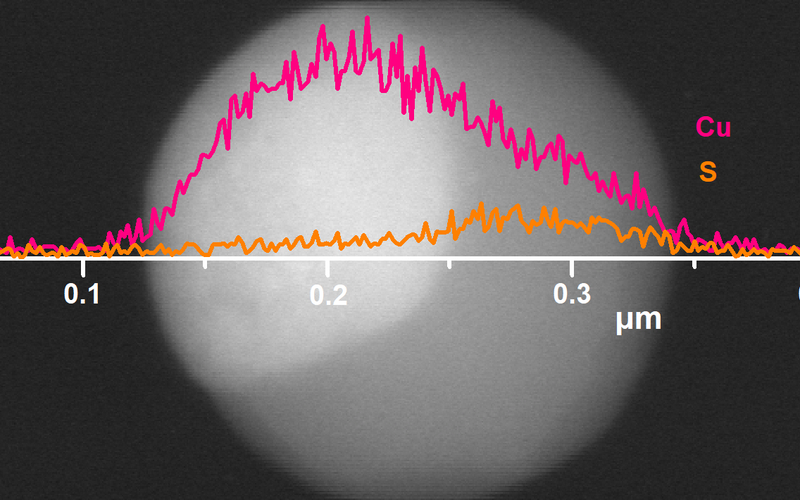The study of the color of enamels and historical glasses colored by copper and iron
Nov 20, 2023
Mingyue Yuan defended his thesis directed by Trinitat Pradell Cara on 17th of November at Campus Diagonal Besos. Entitled "Historical copper and iron colored glazes and glasses", the thesis presents an understanding of the mechanisms of coloring and compositional differences in historical enamels and glasses, and offers valuable information on ancient glassmaking technologies.
Coloured glazes and glasses have attracted human interest since antiquity for their aesthetic appeal and multiple functionalities. As indicators of technological progress, artistic expression, and social stratification in different historical periods, copper and iron have emerged as the predominant colourants in historic glazes and glasses, offering a remarkable spectrum of hues influenced by varying contents, ratios, and atmospheric conditions in their production. In order to explore the intricacies of copper red formation, to address the limited research on iron yellow in high-lead glazes, and to understand the interaction of both cations in glaze colour, we investigated four representative cases, high-lead imperial iron yellow glazes from the Ming (1368-1644) and Qing (1616-1912) dynasties, North Song (960-1127) dynasty copper and iron blue and red Jun ware glazes, late Tang (9th - 10th century) dynasty copper green and red Changsha ware glazes, and 13th to the 20th century European copper red window glasses.
Using a complementary set of analytical techniques, including ultraviolet-visible-near infrared (UV-VIS-NIR) spectroscopy, optical microscopy (OM), scanning electron microscopy (SEM), electron microprobe analysis (EMPA), laser ablation inductively coupled plasma mass spectrometry (LA-ICP-MS), micro X-ray diffraction (μ-XRD) and X-ray absorption fine structure (XAFS), we investigated the optical properties, micro/nanostructures, glaze and glass compositions, valence state, and coordination structures. Our results revealed distinct variations in glaze and body composition for the high-lead yellow glazes of the Ming and Qing dynasties, while demonstrating the influence of factors such as glaze thickness, firing temperature, substrate composition, and firing atmosphere on glaze colour.
The study of Jun ware glazes elucidated the glass nanostructure and the oxidation-reduction dynamics of iron and copper, explaining the sky-like appearance of the glazes. Similarly, our study of Changsha ware glazes revealed the role of phase separation and copper oxidation state in glaze opacity and colour, and the influence of sulphur in the formation of copper nanoparticles. Finally, our study of European red window glass identified three distinct technologies, highlighting the role of copper nanoparticles in the red colouring and the role of iron, sulphur and tin in copper reduction. In summary, this comprehensive investigation has improved our understanding of the colouring mechanisms and compositional differences in historic glazes and glasses, and provides valuable insights into ancient glassmaking technologies.

Share: